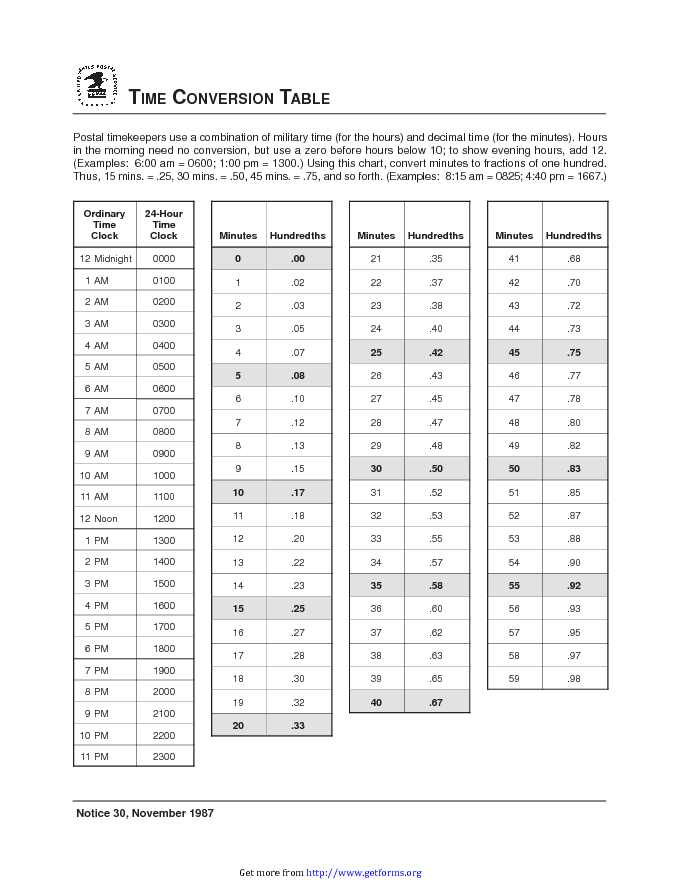

The record contains also a function called fnDaylightSavingTimePeriod, which calculates the start and the end of DST in your time zone. You should change these offsets if you do not live in +01:00 / +02:00 DST. TimeZoneOffsetAEST = if createdNum >= 2017093016 and createdNum = 2018100616 and createdNum = 2019100516 and createdNum = 2020100316 and createdNum Īt the beginning, there is a record which defines what your offset during standard and DST is. AEST time: get the offset depending on whether it's daylight savings time or not (GMT+11 or GMT+10) by looking at the DST change-over times in GMT 0 & Text.PadStart(Number.ToText(Time.Hour()), 2, "0"),ĬreatedNum = Number.FromText(createdString), & Text.PadStart(Number.ToText(Date.Day()), 2, "0") & Text.PadStart(Number.ToText(Date.Month()), 2, "0") Let createdString = Number.ToText(Date.Year()) Convert "Created" date from UTC to AEST The most original solution in my opinion is this one ( source ) Or another recommendation is using a duration like #datetime(2020, 3, 9, 10, 11, 12) + #duration(0, 1, 0, 0) which does almost the same as the previous example.

If you live in a country without daylight saving time (DST), it can be your choice.Īn example which shifts the datetime by +01:00: DateTime.AddZone(#datetime(2020, 3, 9, 10, 11, 12), 1, 0). Well, this function just adds an offset to a datetime value. On forums, you can find a recommendation for using the function DateTime.AddZone. Let’s list some of them – I do not want to call them solutions, a finding is a better word, I think. Maybe there is a solution I can use without spending time on writing my own code. I have started with research on the internet. However, I personally recommend reading the article once before you use it in your project. Is there a simple way to convert a timestamp in UTC to your local time zone in Power Query? Yes and no.


 0 kommentar(er)
0 kommentar(er)
